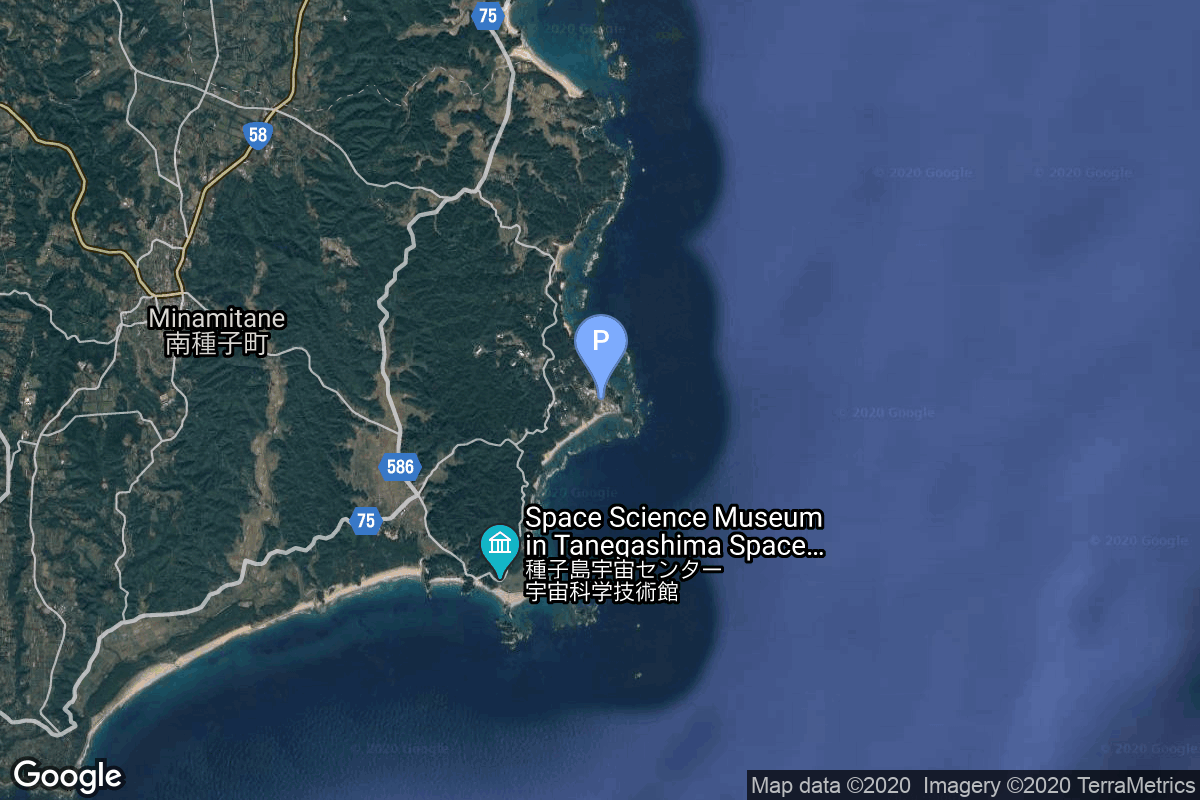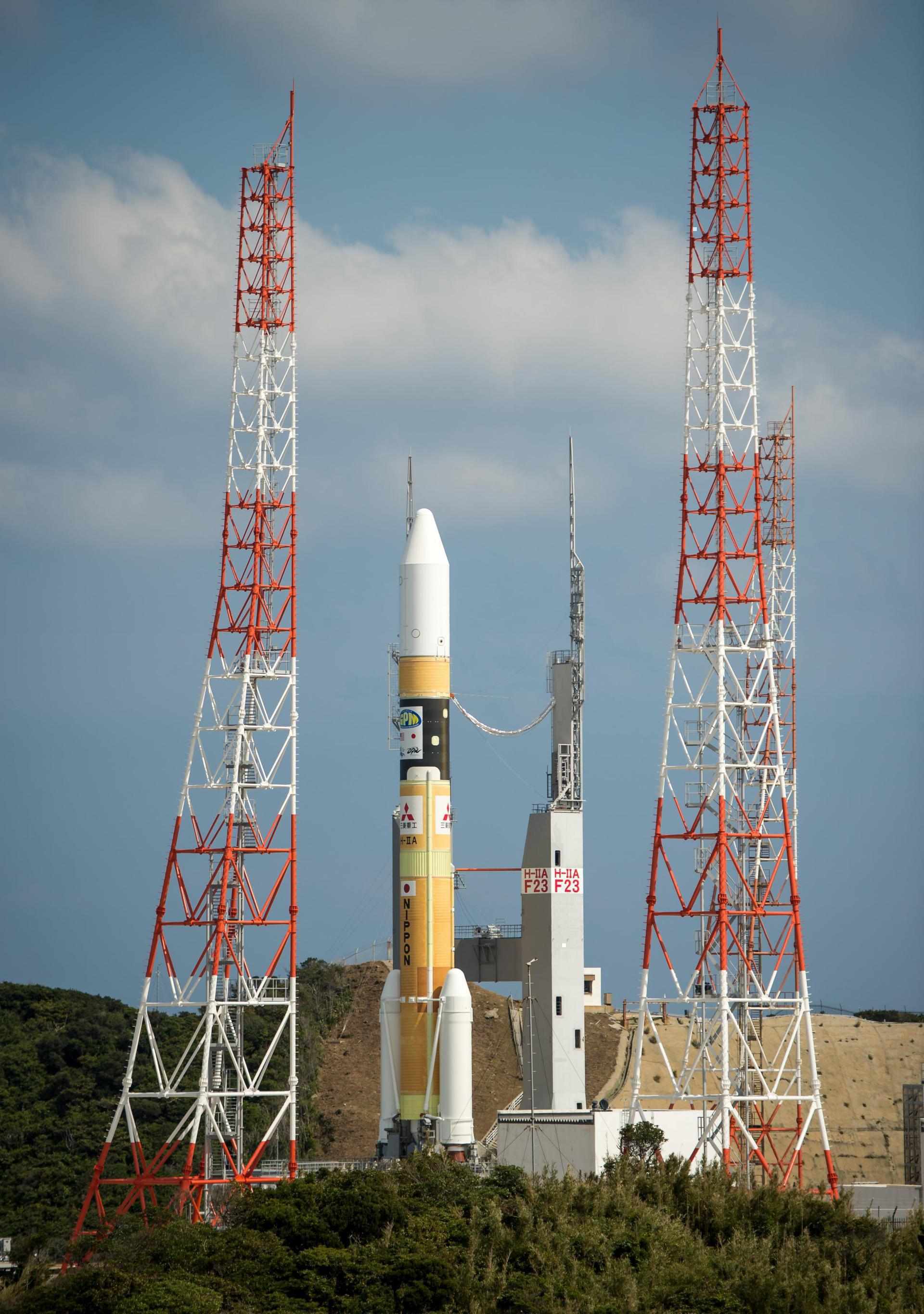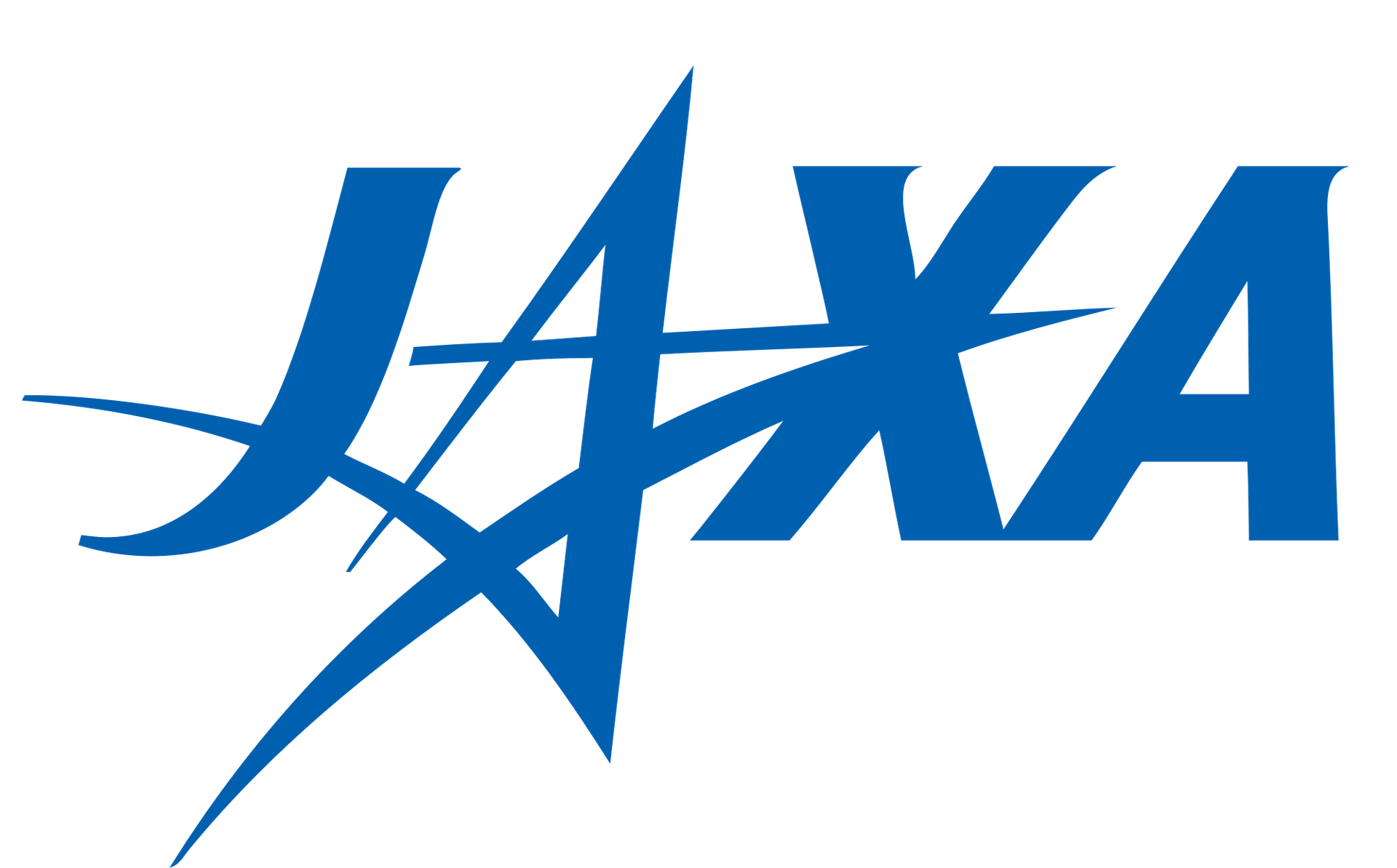GOSAT
H-IIA 202
Japan Aerospace Exploration Agency
Mission
GOSAT
- Type: Earth Science
- Orbit: Sun-Synchronous Orbit
- Launch Cost: $90,000,000
Japanese Earth observation satellite. Launched with 7 secondary payloads.
Location
Yoshinobu Launch Complex LP-1
Tanegashima Space Center, Japan
Yoshinobu Launch Complex LP-1 has witnessed the launch of 55 rockets, including 55 orbital launch attempts, while Tanegashima Space Center, Japan, has been the site for 90 rocket launches.
Rocket
Mitsubishi Heavy Industries H-IIA 202
H-IIA (H2A) is an active expendable launch system operated by Mitsubishi Heavy Industries (MHI) for the Japan Aerospace Exploration Agency. The liquid-fueled H-IIA rockets have been used to launch satellites into geostationary orbit, to launch a lunar orbiting spacecraft, and to launch Akatsuki, which studied the planet Venus. Launches occur at the Tanegashima Space Center.
Agency
Japan Aerospace Exploration Agency
The Japan Aerospace Exploration Agency (JAXA) is Japan’s national aero-space agency. Through the merger of three previously independent organizations, JAXA was formed on 1 October 2003. JAXA is responsible for research, technology development and the launch of satellites into orbit, and is involved in many more advanced missions, such as asteroid exploration and possible manned exploration of the Moon. JAXA launch their Epsilon vehicle from the Uchinoura Space Center and their H-II vehicles from the Tanegashima Space Center.


